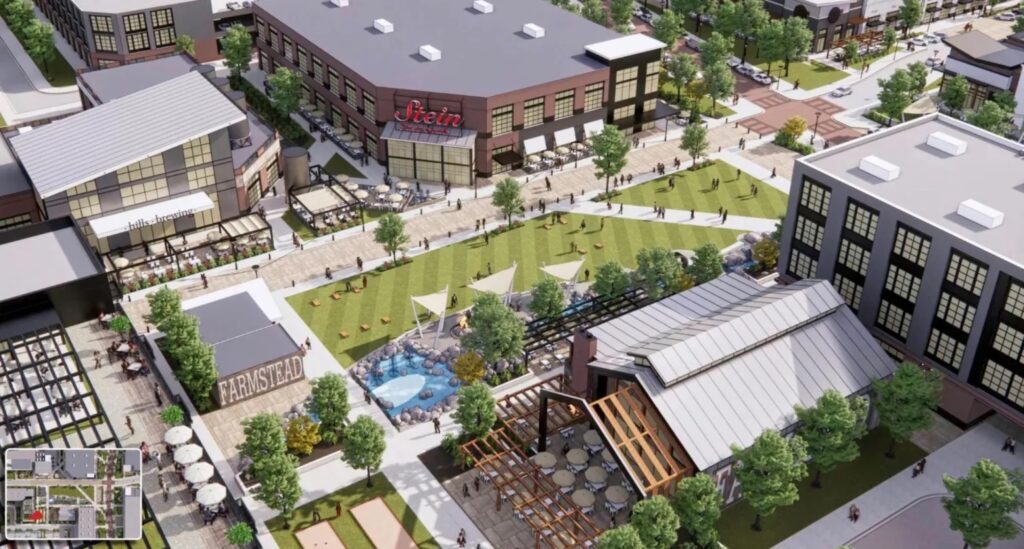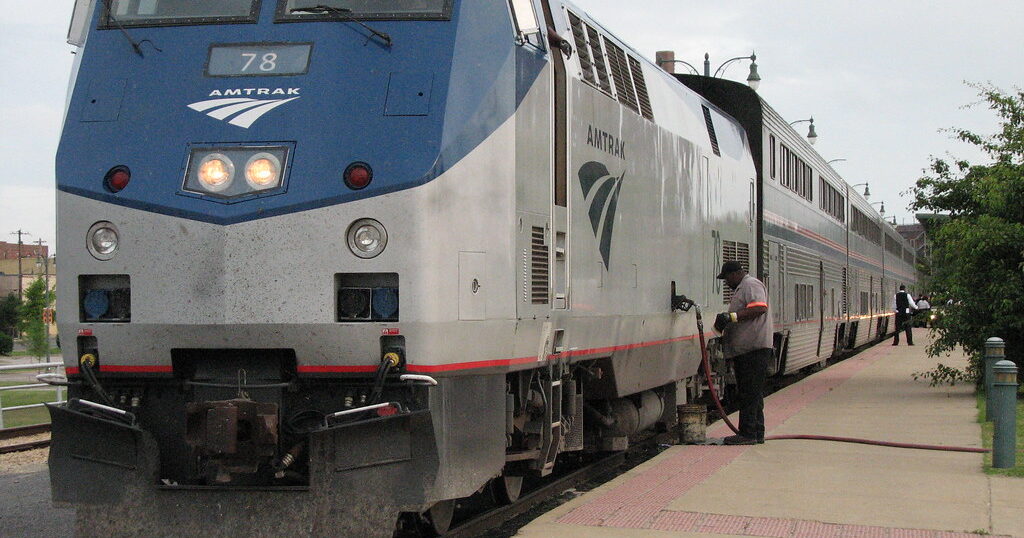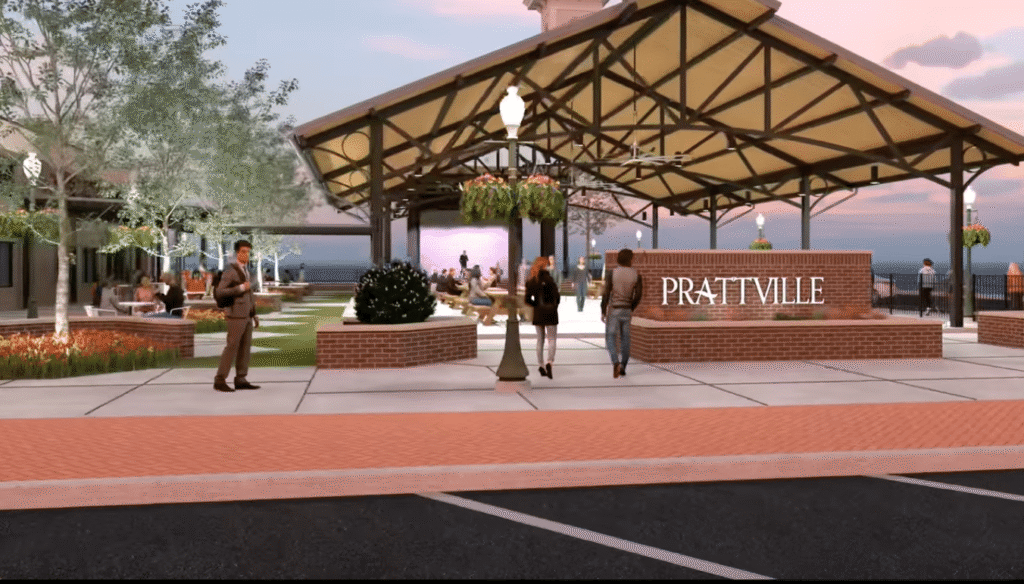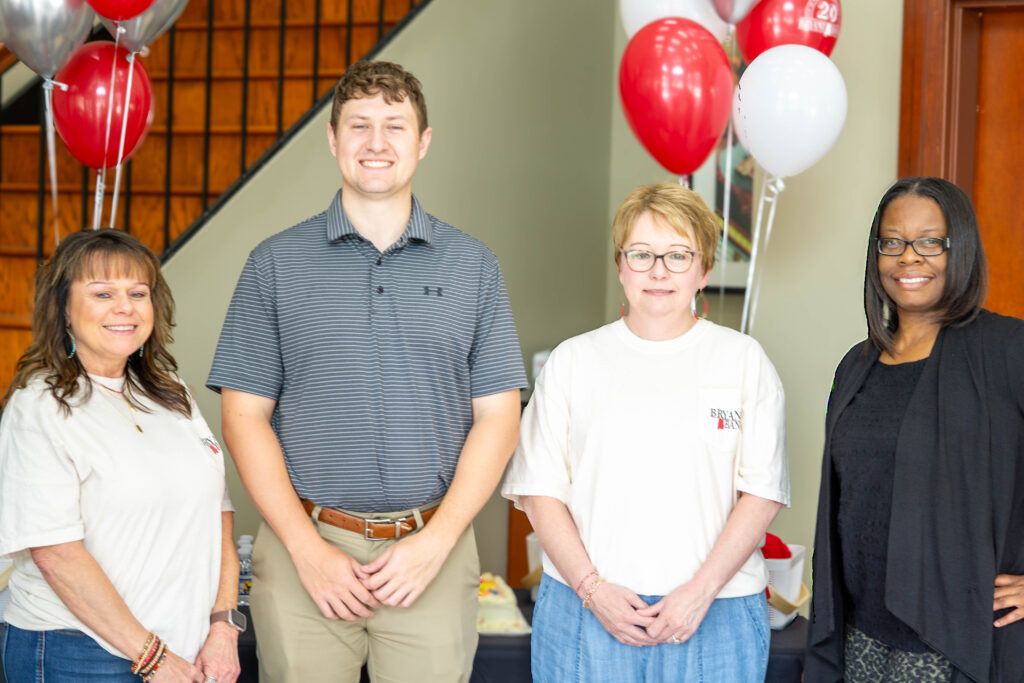Reviewed by: Nathan Watson
How you can help Alabama meet its 25% recycling goal set in 1989
Reading time: 6 minutes
Sponsored

In 1989, the state of Alabama passed ground-breaking comprehensive solid waste legislation.
The new law required local governments throughout the state to develop and implement long-range solid waste plans. Unheralded at the time, it was an amendment attached to the new law recommending each plan contain a recycling goal of up to 25% within 10 years.
At the time, recycling was such a high priority, the Alabama Department of Environmental Management (ADEM)—which was in charge of making sure communities adopted a plan, anticipated recycling programs would become mandatory in some form.
It never did.
When it comes down to recycling municipal solid waste (cardboard, paper, aluminum, plastics, glass and compostables), Alabama has not come close to recycling or reducing a quarter of our waste.
In this series, we will examine the status of recycling in Alabama. We will feature communities that are leading the way with successful recycling and waste reduction programs. And, perhaps most importantly, we will provide ways you can support and get involved locally.
State of Recycling in Alabama—The Magic City

What is the state of household waste recycling in Alabama?
Recently, we asked Birmingham Recycling and Recovery (9 41st Street South, Birmingham 35222) how many pounds of household recycling materials they process per year in Birmingham.
In addition to material collected at their onsite community drop-off bins, the company processes the City of Birmingham’s recyclables from their curbside recycling program. In 2022, they handled 803 tons of Birmingham recyclables—everything but glass and compostables.
If you are not familiar with the amount of garbage municipalities and companies deal with, that sounds like a lot.
It is not.
According to Keep Birmingham Beautiful, residents of The Magic City throw away 558 tons of solid waste a week.
That means the Birmingham curbside recycling program recovers about 7-8 days worth of garbage per year that would normally be discarded into a landfill.
When you consider the fact that the city’s numbers do not include garbage pickup for tens of thousands of multi-family apartments, and those households are not offered a recycling service, Birmingham’s recycling rate likely hovers around 1 – 2%.
Recycling numbers around the state

Statewide, it is a mixed bag.
Obviously, a number of communities with curbside recycling around Birmingham are collecting recyclables at a higher clip, but none of them can claim 25%, especially when you add multi-family complexes that are typically not provided recycling services by their local waste hauler.
Around the state, there are a number of strong recycling programs. For example, the city of Florence—a town of 40,000 people which has one of the oldest and most established recycling programs in the state—recycled 3500 tons in 2022 – about 4 times the volume of Birmingham and much less population.
They also landfilled about 30,000 tons of household waste last year, which means they recycled 12% of their waste.
Alabama Recycling Fund is building programs

Despite these numbers, recycling in Alabama is ticking upward.
“In Alabama, recycling is growing.”
Rachel Koonce, Executive Director, Alabama Recycling Coalition
Over the past year, ADEM has supported 27 communities statewide with nearly $7.5 million from the Alabama Recycling Fund.

Established in 2009, the Fund provides grants to communities seeking to grow their recycling program. Koonce described how the grants worked in her community—the Shoals area.
“The northwest part of the state has had a ‘Florence Recycles’ program since the late 80s. But now, since the Recycling Fund has begun investing in recycling infrastructure in neighboring communities like Killen and Lexington, you can say ‘North Alabama Recycles’ because we now have drop off locations in communities and each county around us. The grants have really changed the game.”
Rachel Koonce, Executive Director, Alabama Recycling Coalition
This year, communities as large as Birmingham and as small as Atmore received grants.
Birmingham commits to recycling bigger and better

Because of the recycling grant program, communities and cities like Birmingham can greatly enhance their recycling programs.
Thanks to a 2023 grant, Birmingham will be able to provide much-needed recycling containers to its curbside program. They are also getting two trucks dedicated for recycling.
How much will this investment improve Birmingham’s recycling program? National recycling policy think tank The Recycling Partnership ran the numbers back in a 2020 study (page 49).
They predict Birmingham’s curbside recycling program would increase tenfold if a container program is implemented. This would be an increase from 800+ tons to 8,568 tons collected annually.
Jobs in Alabama depend on recycling
Another reason to support recycling across Alabama is because thousands of Alabama jobs depend on it.
Alabama has some of the biggest recycling industries in the world.
Here is a breakdown:
- Aluminum: Norvelis in Bay Minette (construction underway)
- Aluminum: Constellium in the Shoals, recycles 20 billion cans a year
- Plastics #1: Indorama in Morgan County
- Plastic #2 (HDPE) & #5 (PP): KW Plastics in Troy
- Paper and Cardboard: International Paper (Pine Hill, Selma & Prattville)
In fact, according to a 2016 Southeast Recycling Development Council (SERDC) report, Alabama employs 17,350 people in the recycling manufacturing industry. That is more than any state in the Southeast.
State by State Recycling Jobs Stats – Southeast (SERDC report)
- Alabama —17,350 jobs
- North Carolina — 14,142 jobs
- Georgia — 13,151 jobs
- South Carolina—10,442 jobs
- Tennessee—7,730 jobs
- Florida—4,887 jobs
- Mississippi — 1,971

It’s important to note that, currently, all these industries depend almost wholeheartedly on recyclables from out of state to feed their operations.
Stephanie Baker of KW Plastics Recycling in Troy described this dependency on out of state recyclables best.
“If I relied on the state of Alabama to supply our plant and to keep 500 employees working, we could run (the plant) about two days out of the year. But now I say maybe a day because we have expanded our capacity beyond the growth of what we are seeing our state generate,” she said.
Stephanie Baker, Director of Market Development, KW Plastics Recycling
Strong local community recycling programs ensure Alabama’s recycling industries’ long-term sustainability.
Next up: How Alabama can take recycling to the next level



Even though Alabama has not reached its municipal solid waste 25% recycling goal after 35 years, there are a number of communities leading the way.
In our second installment, we are going to look at three communities—Florence, Auburn and Baldwin County—for lessons on taking recycling to the next level.
Sponsored by:




 7862 views
7862 views



